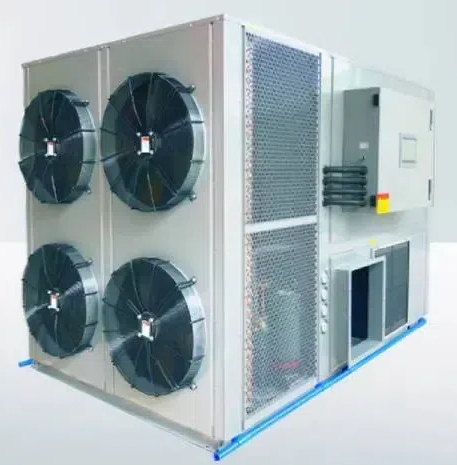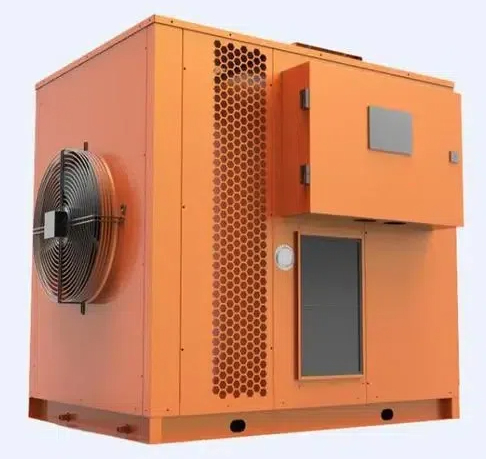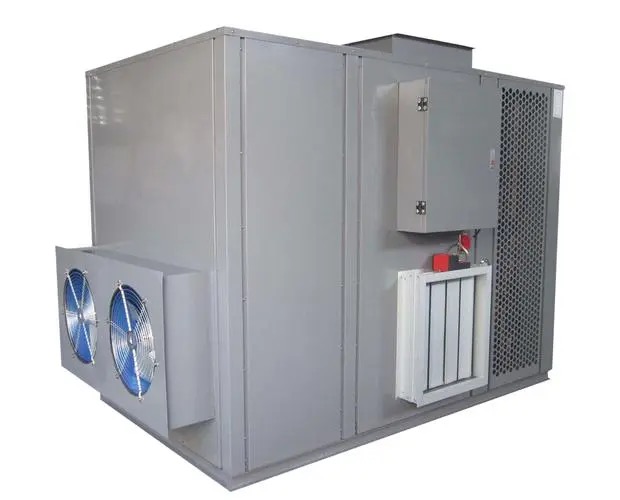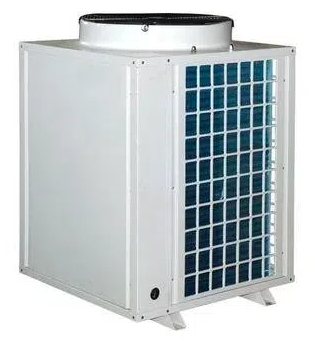
Content Menu
● Understanding Heat Pump Dryer Technology
● How Heat Pump Dryers Work
● Drying Time and Efficiency
● Energy Savings and Environmental Impact
● Installation and Maintenance Requirements
● Leading Brands and Models
● Cost Considerations and Return on Investment
● Conclusion
● Frequently Asked Questions
>> Q1: How much longer do heat pump dryers take compared to conventional dryers?
>> Q2: Are heat pump dryers worth the higher initial cost?
>> Q3: Do heat pump dryers require special maintenance?
>> Q4: Can heat pump dryers be installed anywhere?
>> Q5: How do heat pump dryers affect clothes?
Understanding Heat Pump Dryer Technology
Heat pump dryers represent a revolutionary advancement in laundry technology, offering a more energy-efficient and environmentally friendly alternative to conventional dryers. These innovative appliances use advanced heat pump technology to dry clothes, similar to how your refrigerator works but in reverse.
How Heat Pump Dryers Work
Unlike traditional dryers that expel warm, moist air outside, heat pump dryers operate in a closed loop system. They extract moisture from clothes using a sophisticated process that involves:
1. Air circulation through the drum
2. Moisture removal via an evaporator
3. Heat recovery and recycling
4. Condensation collection

Drying Time and Efficiency
One of the most common questions about heat pump dryers concerns their drying time. While it's true that heat pump dryers typically take longer to dry clothes compared to conventional dryers, this longer drying time comes with significant benefits:
- Lower drying temperatures
- Better fabric protection
- Reduced energy consumption
- No need for external venting
Energy Savings and Environmental Impact
Heat pump dryers stand out for their remarkable energy efficiency. These appliances can reduce energy consumption by up to 50% compared to conventional dryers. This significant reduction in energy usage translates to:
- Lower electricity bills
- Reduced carbon footprint
- Decreased environmental impact
- Long-term cost savings
Installation and Maintenance Requirements
Installing a heat pump dryer is generally straightforward, especially since these units don't require external venting. However, there are several considerations:
- Adequate space requirements
- Proper ventilation
- Regular filter cleaning
- Condensation drainage options
Leading Brands and Models
The market offers various heat pump dryer options from renowned manufacturers, including:
- Miele
- LG
- Samsung
- Bosch
- Whirlpool
- Beko
Each brand offers unique features and innovations, catering to different needs and preferences.

Cost Considerations and Return on Investment
While heat pump dryers typically have a higher initial purchase price, the long-term savings often justify the investment. Factors to consider include:
- Purchase price
- Energy savings over time
- Reduced maintenance costs
- Extended lifespan
- Lower environmental impact
Conclusion
Heat pump dryers represent a significant advancement in laundry technology, offering superior energy efficiency and fabric care despite longer drying times. While the initial investment may be higher, the long-term benefits in terms of energy savings, environmental impact, and clothes care make them an increasingly popular choice for environmentally conscious consumers.
This comprehensive guide should help you understand the technology, benefits, and considerations when choosing a heat pump dryer for your home.

Frequently Asked Questions
Q1: How much longer do heat pump dryers take compared to conventional dryers?
A1: Heat pump dryers typically take 30-50% longer than conventional dryers. While a traditional dryer might complete a cycle in 45-60 minutes, a heat pump dryer could take 60-90 minutes for the same load.
Q2: Are heat pump dryers worth the higher initial cost?
A2: Yes, for most households, the higher initial cost is offset by significant energy savings over time, typically paying for itself within 3-5 years through reduced electricity bills.
Q3: Do heat pump dryers require special maintenance?
A3: While they don't require extensive maintenance, regular cleaning of both primary and secondary filters is essential, along with occasional cleaning of the heat exchanger unit.
Q4: Can heat pump dryers be installed anywhere?
A4: Heat pump dryers are more flexible in terms of installation as they don't require external venting. However, they need adequate space for ventilation and a way to drain condensed water.
Q5: How do heat pump dryers affect clothes?
A5: Heat pump dryers are generally gentler on clothes due to lower drying temperatures, which can help extend the lifespan of garments and reduce wear and tear.












